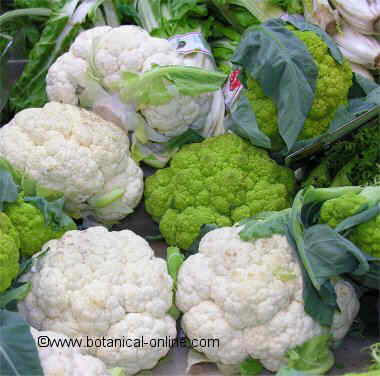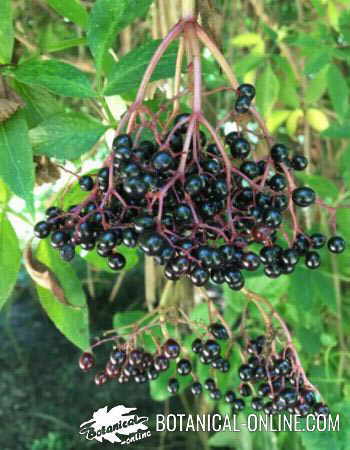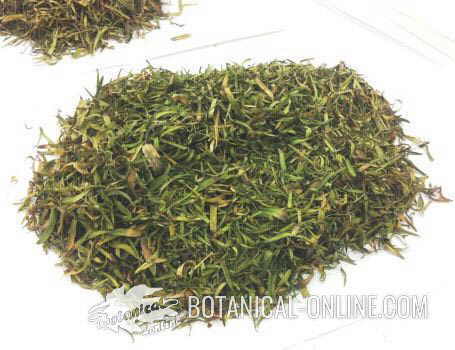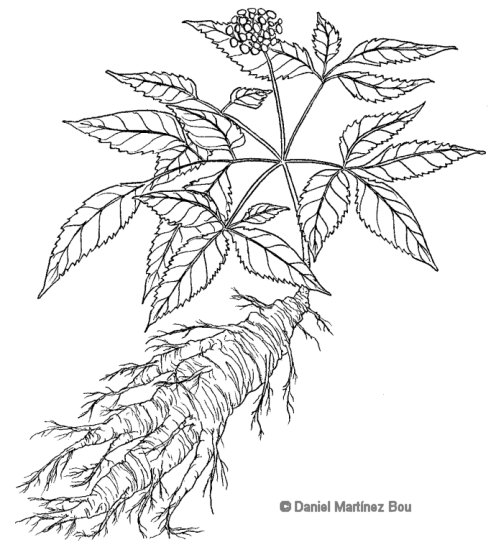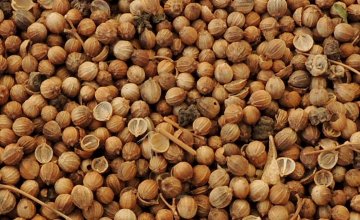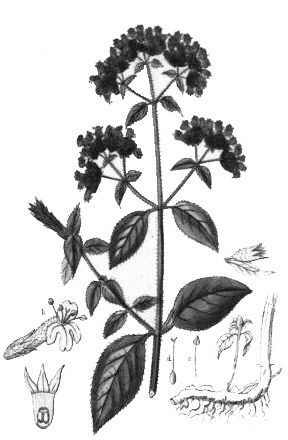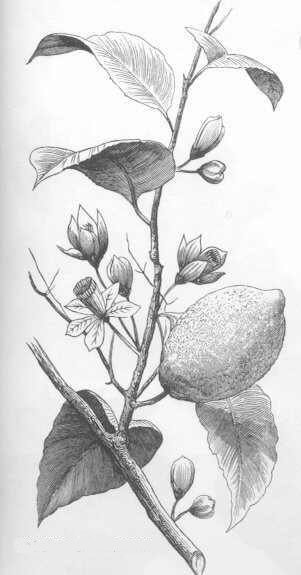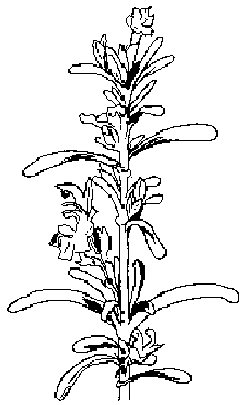Contents
Characteristics of Sicilian sumac
What is a common sumac or Sicilian sumac ?
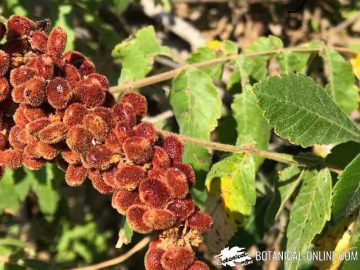
Common English name: Tanner’s Sumac or Sicilian Sumac
Sumac etymology:
The name “Sumac” comes from “summāq” which means “dark red” in Arabic and Syrian.
Common name in other languages:
- Spanish / español: Zumaque, sumagre o zumaque de tenerías.
- French / Français: Sumac des corroyeurs
- Catalan / Català: Sumac, tintillaina
- Basque /Euskara: Zumaque
- Galego /Galician: Sumagre
- Portuguese / Português: Sumagre
- Italian / Italiano: Sommacco siciliano
- Romanian / Română: Sumac
- Magyar / Hungarian: sumach
- Dutch /Nederlands: Sumak
- German / Deutsch:Gerber-Sumach, Gewürz-Sumach, Sizilianischer Sumach,Färberbaum
- Polish /Polski: Sumak garbarski
- Danish / Dansk: Garvesumak
- Norwegian /Norsk bokmål: Siciliansk sumak Finnish /Suomi: Sumakit
- Swedish /Svenska: Sumak,bärsumak
- Russian / Русский: Сумах дубильный
- Turkish /Türkçe: Sumach
Scientific name: Rhus coriaria L.
Rhus is a word that derives from the Greek and that means reddish. The coriaria species of the Latin coris (leather), which refers to its most common use, the tanning of skins.
The genus Rhus comprises about 91 species of plants of the Anacardiáceas family.
Family: Cashew family or sumac family ( Anacardiaceae)
Distribution: It is found in the wild in the Mediterranean countries, North Africa, Iran and Afghanistan.
Habitat: It grows spontaneously in abandoned and sunny places, roads, rocky outcrops, cliffs, and even in the cracks of the facade of old mansions. It can be grown in temperate and tropical climates around the world.
Botanical description of sumac
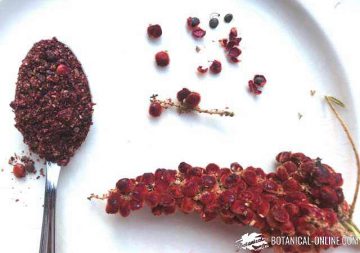
Sumac (Rhus coriaria L.) is a deciduous shrub, with slightly hairy stems, quite branched, which gives volume to the plant and sometimes, appearance of small tree. It usually shares habitat with other plants typical of uncultivated places and coexists frequently with brambles.
Its root is woody and extended, which allows it to be widely rooted in order to sustain itself in difficult places. Its stems can rise up to 3 m. Tall.
The leaves are composed and in an alternate and imparipinnate arrangement, each of them has several oval and toothed leaflets. Intense green above, and lighter on the underside.
Its flowers are hermaphrodites with five petals, five stamens and ovary with three short styles. They all grow together forming a yellowish inflorescence in the form of a raised cone, which, according to how, reminds us of a pointed ear.
How are the fruits of sumac?
From the end of summer, the fruits mature stuck together and take on a yellowish color. Later, when the fruits mature, they continue to maintain the conical shape as a whole, but close up there are numerous drupes, like velvety, easily detached from the whole.
These fruits are drupes which take the color of rust and lack pulp. They consist of an outer skin that covers the seed, that is, a thin epicarp with its tiny hair, which houses a hard and flat seed, smaller than a pardina lentil.
Other types of sumac
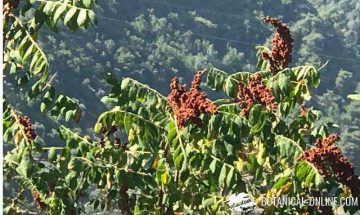
In the American continent there are several species of this genus, some of which are toxic. In Europe there are only two of them, which are the most common:
- Common sumac , or also sumac of tanneries (Rhus coriaria L.): The commented until now.
- Staghorn sumac (Rhus typhina L.), less usual since it comes from Virginia and we can find it growing in gardens with decorative purposes.
Uses of the sumac plant
- Spice: Sumac has been used in mixtures of spices and traditional medicines for hundreds of years.
- Tanning of skins: Because it has numerous tannins, formerly sumac was used to tan skins in tanneries.
- The medicinal properties of sumac: The latest studies on sumac properties point to its antimicrobial, antioxidant qualities and as a remedy for diabetes due to its hypoglycemic properties.
Origin and history of sumac
Sumac is a native of the Middle East. Everything points out that it was the Arabs who took it to the Iberian Peninsula for industrial purposes, to be used in tanning leather, because it has numerous tannins, useful in that task. From the Middle Ages, it became one of the most important tanning materials throughout Europe and its cultivation spread through the countries of the Mediterranean West.
In the Dictionary of Agricultural Practice of D. Agustín Esteban Collantes (Madrid 1851) tells us about the importance of this crop in nineteenth-century Spain, related to the existence of numerous tanneries of skin. Spain, Portugal, France and Italy had been large producers of sumac, which was supplied to the fur tanning workshops, overcoming the direct competition of the island of Sicily, which had formerly had the monopoly of this crop.
Use of sumac in leather tanning
Documents of that time certify that between 4,000 and 5,000 kilos of sumac per hectare were collected. They also detail how the sumac was prepared to be used in the tanneries: first the stems of the plant were dried in the sun, and once dried, the leaves were separated by beating them with sticks. Then, those stems were ground in a kind of mill with a vertical stone, and the resulting powder was stored in cloth bags that were sold to the tanneries .
According to the thesis of A. Zalacaín Aramburu, the skins treated with sumac are clearer, softer and more flexible, due to the action of the gallic acid it contains.
![]() More information on common sumac
More information on common sumac
2 July, 2021

